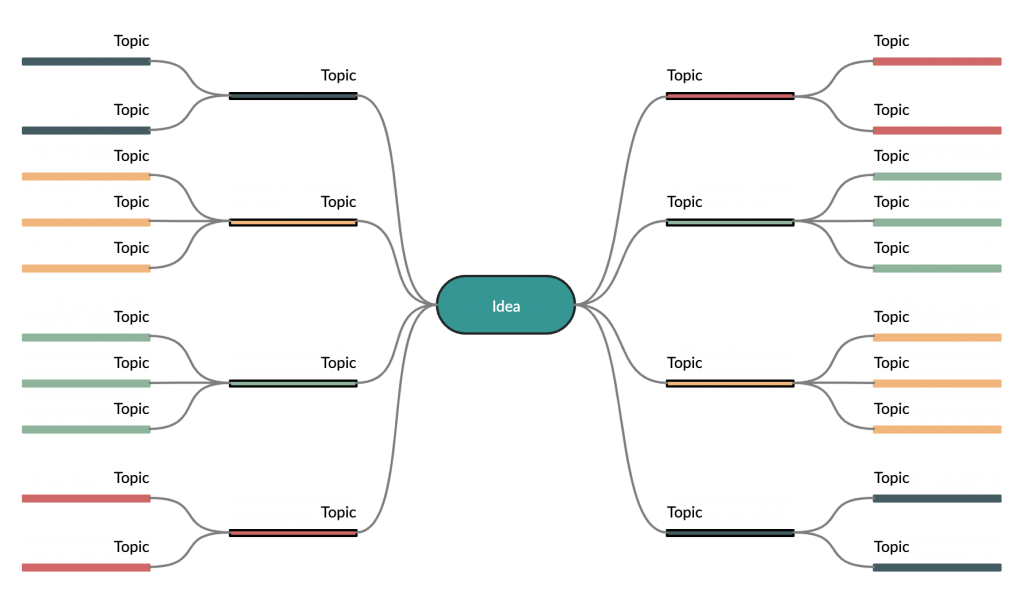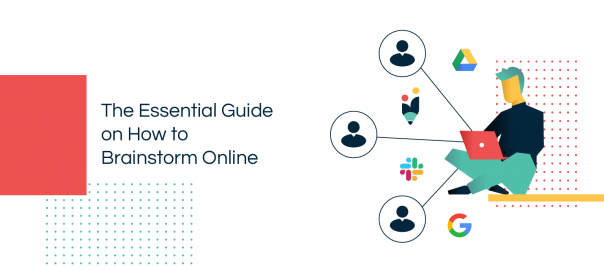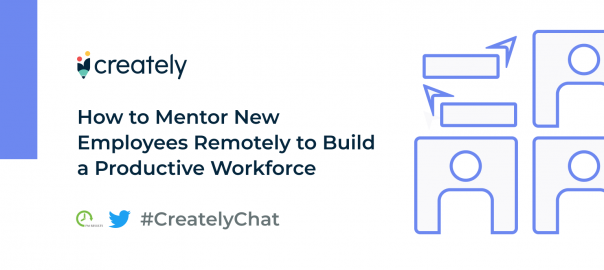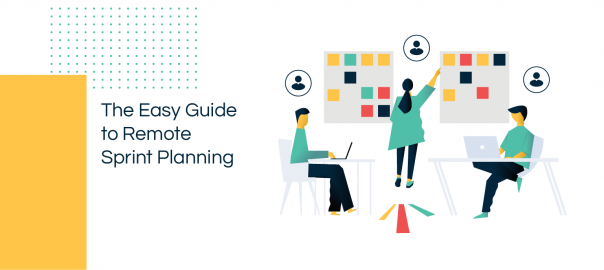With more teams having to work from home this year, it’s important to identify how to streamline work processes now more than ever.
Especially a process like brainstorming, an organized, detailed and sometimes even painstaking activity. Even done on-site, brainstorming requires the full-on engagement and attention of the participants.
And when everyone is working from home, it presents more hurdles to overcome.
Have you read our Ultimate Guide to Working from Home yet?
Read on to find out how to effectively brainstorm online with your remote working team in 6 steps.
Step 1: Identify the Attendees
While it’s generally effective to keep the number of attendees between 8-10 when you brainstorm online, having a diverse team is critical for a successful brainstorming session.
Based on the purpose of the meeting, the attendees may vary. Make sure that the team you choose includes individuals with different skills and expertise relevant to the subject being discussed.
Make things more effective by including a mix of introverts and extroverts, and creative and non-creative participants. This will yield more diverse answers.
On-site all you have to do to verify their availability is to turn around and ask. But when everyone is working in different parts of the continent/ world, it’s important that you take extra effort to check with them before deciding on a time for the session.
Step 2: Send an Introductory Email to the Meeting
The purpose of this introductory email is to let your team know what to expect and allow them to prepare for the session in advance.
The email should include details explaining the goal of the session (i.e. the problem and the solution you are seeking), any supporting material, the agenda, links to relevant tools or resources, calendar event, and the email invite to the meeting.
Once the email has been sent, follow up with them (either with another email or via your chat platform) and verify that they received the invitation. You can also make it an opportunity to remind them to do some research around the topic to gather ideas ahead of time which in turn will save time during the session.
Step 3: Choose an Effective Tool to Brainstorm Online
Whether your tool of choice is a messaging platform, video conference call, or an online whiteboard, make sure that it’s powerful enough to cater to the needs of your remote working team.
Slack is not just a chat platform, but it can also serve as a dashboard for brainstorming. Select a specific channel (or create a new one) for the session and notify everyone of the time and purpose, either via an email invitation or on the channel itself. During the session, everyone can contribute their ideas as new messages. At the end of the session, you’ll have an entire list of ideas that you can later analyze and prioritize.
This is a great tool for video conferencing, especially with a large group of people. While just like during an in-person brainstorming session, you can discuss matters during a video call, you can also use the chat option to enter a text message. However, to keep things more effective, it’s better to assign a facilitator who should take the responsibility of writing down the ideas of others.
Creately is an online whiteboard where teams can collaborate in real-time on ideas using visuals or diagrams like mind maps. Prior to the meeting, create and name a document and share access to it by adding their email addresses or by simply sharing the document link in your Slack channel to give instant access to your team. You can also use the Creately plugin for Google Drive to create and manage your files right from Google Drive. Once the session starts, everyone can share their ideas on the canvas (changes will be reflected in the preview of the link you have shared on your Slack channel as well).
Step 4: Set a Time Limit and Stick to It
One thing that gets overlooked during a remote brainstorming session is the time. However, it’s important to be respectful of the participant’s schedule as any additional time spent on the meeting will cut into his/ her personal time.
Sometimes distributed teams aren’t always in the same time zone. Although it might be just after breakfast for you, taking an extra half an hour to conclude the meeting may interrupt their lunch hour.
Step 5: Rely on Suitable Brainstorming Methods
While there are plenty of brainstorming techniques out there, not all of them can work during an online brainstorming session. For example, a technique like role storming may fit best if everyone’s in the same room.
And not all techniques may help with the topic you are brainstorming around either. For example, mind maps work best for idea generation, while a technique like 5 whys or cause and effect analysis may help better with solving a problem or finding the root cause of an issue.

It’s important to mention the method that will be used at the beginning of the session and clarify rules or guidelines associated with the technique as well.
Here’s a list of useful tools for idea generation. They are linked to resources explaining how to use them.
- 5 whys analysis
- Cause and effect analysis
- Lotus Diagram
- Six thinking hats
- Mood boards
- SCAMPER
- SIPOC
- Idea boards
Step 6: Conclude the Meeting
After you have gathered as much information as you want, take time (should also be included in the agenda) to spend on sorting through and summarizing them.
An affinity diagram can help you categorize data, prioritize them and present the results to the team as well as the stakeholders.

Creating an action plan comes next, which in itself would require another meeting. Or if you have scheduled that into the agenda as well, you can use an action plan template to quickly figure out the items.

Ready for Your Next Online Brainstorming Meeting?
Online brainstorming is more effective than in-person brainstorming for a few good reasons. It reduces the moments where dominant participants take over eclipsing their more introverted peers. As it heightens the feeling of anonymity, virtual brainstorming encourages these introverted participants to share their creative ideas more eagerly.
Moreover, since everyone’s not in the same room, when you brainstorm online it increases the diversity of ideas; as the chance of being influenced by the ideas of others is minimal, it’ll bring out multiple various ideas from the participants.
Got any tips on how to successfully brainstorm online to share with us? Let us know in the comments below.




